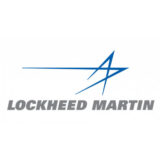MP5 Shelf – 15” Depth x 13” Width x 6” Height
MP15 Shelf- 15” Depth x 24” Width x 6” Height
MP20 Shelf – 22” Depth x 23” Width x 15” Height
MP30 Shelf – 22” Depth x 34” Width x 15” Height
MP40 Shelf – 22” Depth x 40” Width x 19” Height
ACCESSORIES
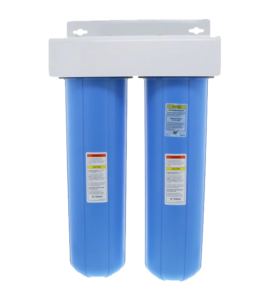
HFDI-2 Dual De-ionized
water treatment system

HFWTCS
Replacement De-ionized Filter

HFWCS-2
Water Quality Monitoring Light
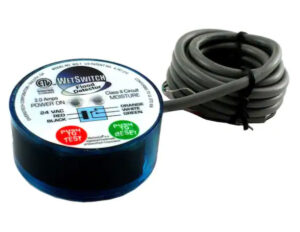
Leak Sensors
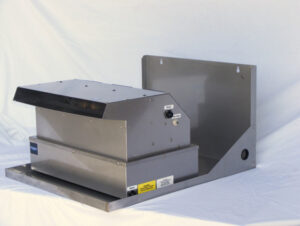
Mist Pac Series
Humidifier Mounting Shelves
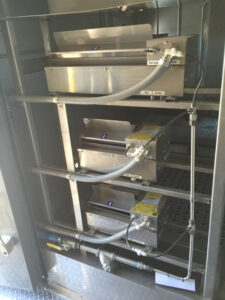

Customers
GENERAL BACKGROUND
Humidifirst is an American company that has been manufacturing ultrasonic humidifiers since 1993 and holds two patents; U.S. patent numbers 5,653,919 and 5,702,648. Humidifirst manufactures only ultrasonic humidifiers and, compared to all other companies, has the most experience with this humidifier technology. Humidifirst invented the ducted/AHU model ultrasonic humidifier design currently used by other major humidifier companies. Humidifirst also invented the only mist-less humidifier.
Humidifirst’s competitors are either foreign companies or USA subsidiaries of foreign companies, and they sell a variety of products other than ultrasonic humidifiers.
Humidifirst is committed to being the innovative leader in ultrasonic humidifier technology. As a result, we continually test our products to find ways to improve them. We use a large wind tunnel to simulate high and low velocity air patterns commonly found in field ventilation systems. This wind tunnel led to the development of Humidifirst’s unique DT Series discharge baffle, which can be field adjusted, allowing our ducted humidifiers to work exceptionally well in slow air speeds of 300 fpm or in fast air speeds up to 2000 fpm.

sizing and calculations
HUMIDIFIRST HUMIDIFIERS
When calculating the humidification loads of a space we will generalize and assume that the majority of the humidification load will come from two areas:
1. Ventilation, Exhaust, or Infiltration of air: Most buildings have air exchanges with the outside because of one or more of these three items.
A. Ventilation is a result of air conditioning systems bringing outside air in to provide fresh air to the inhabitants.
B. Exhaust is the mechanical removal of air from a space when processes inside of the building require the removal of dirty, hot or unwanted air.
C. Infiltration occurs when air comes into a space from outside. Air may come in through small openings around doors, windows, ceilings, etc. Also, infiltration often occurs from frequent opening of doors.
For each Cubic Foot per Minute (CFM) of outside air that is brought into the space, moisture must be added to achieve your relative humidity requirements.
2. Air conditioning: When an air conditioner runs, it removes moisture from the air. This is known as Latent cooling. If the air conditioner will be running during your humidification season, you must take this dehumidification process into account.
The cooling ability of an air conditioner is normally rated by the manufacturer and is stated in Sensible and Total cooling capacity in btu’s per hour. Subtract the Sensible cooling capacity from the Total cooling capacity to get the Latent cooling capacity. For every 1000 btu’s/hour of Latent cooling capacity you will need to add one pound of moisture.
Please note that there are other factors that can add to your humidification requirements, such as moisture absorption of items in your space. We generally ignore them because most often they play only a minor part of your humidification requirements. Contact us if you think you have unique requirements.
Let HUMIDIFIRST assist you with your humidifier sizing. Use the form above that will be automatically emailed to us or fax us the information to 801-760-2777.






















